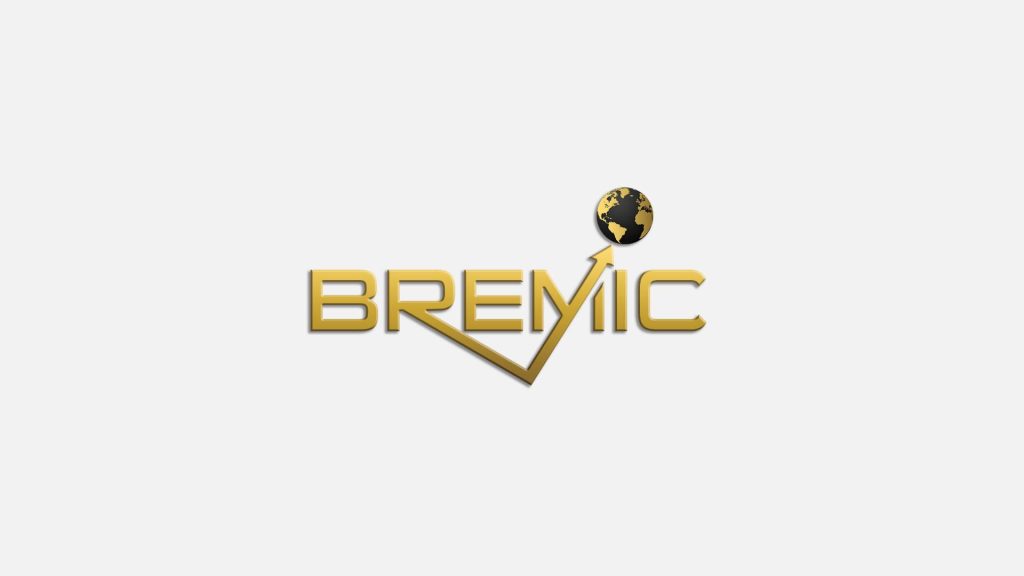Understanding Hexadecimal: A Comprehensive Guide
In today’s fast-paced digital world, there’s an increasing need to understand and define colors accurately. This is where hexadecimal, or “hex,” numbers come into play. A base-16 number system, it uses 16 symbols to define colors, ranging from 0-9 and A-F. With the rise of web development and graphic designing, the importance of understanding hexadecimal cannot be underestimated. In this blog post, we’ll explore the basics of this numbering system and how it’s used to define colors.
What is Hexadecimal?
Hexadecimal or “hex” is a base-16 number system that utilizes 16 symbols to represent digits. It works in a similar way to binary or decimal systems, except it uses both digits from 0-9 and letters from A-F. At first glance, it may seem difficult to use, but it’s widely used in modern computing and digital technology.
How Does It Work?
Hexadecimal is a positional numeral system made up of 16 numerals, which can be represented using a combination of numbers and letters. It works by adding up powers of 16 to its corresponding digit or symbol. For example, the number 29 in the decimal system can be represented as 1D in hexadecimal (16 + 13). Each individual digit represents a value from 0-15, with 0 being the lowest and 15 being the highest.
The Importance in Color Representation
Hexadecimal is commonly used in defining colors in designing and web development. Every color in the world of digital design is created using red, green, and blue (RGB) lighting components. The numbers are used to define these colors using a 3-digit code, with each digit defining the intensity of the color in a RGB component. For instance, the color black is represented as #000000, white is #FFFFFF, and red is #FF0000.
How to Use in Color Definition
Hexadecimal numbers can be used in color definition through the use of online color palette generators, visual editors, or coding environments like Adobe Photoshop, Illustrator, InDesign, or CSS and HTML. To define colors, simply enter the 6-digit hexadecimal values into these tools, and they will display the exact color you want. It’s important to note that it defines colors in the RGB color space, but there are many other color spaces like LAB, HSL, HSV, and CMYK that define colors differently.
Tips for Using Hexadecimal Effectively
It can be a powerful tool for defining colors, but without effective usage, it may complicate the process. To use the numbers effectively, consider the following tips:
Familiarize yourself with hexadecimal digits and decimals.
Understand the RGB color space.
Experiment with color combinations in a safe environment.
Always double-check your codes for accuracy before implementation.
Conclusion
Hexadecimal may seem like a daunting system to learn, but it’s critical in the world of digital design and computing. Understanding how it works and its significance in color definition can help you become a better designer or web developer. Whether you’re working in visual editors, coding environments, or graphic-designing software applications, knowing how to use hexadecimal effectively will make you stand out among your peers.
















